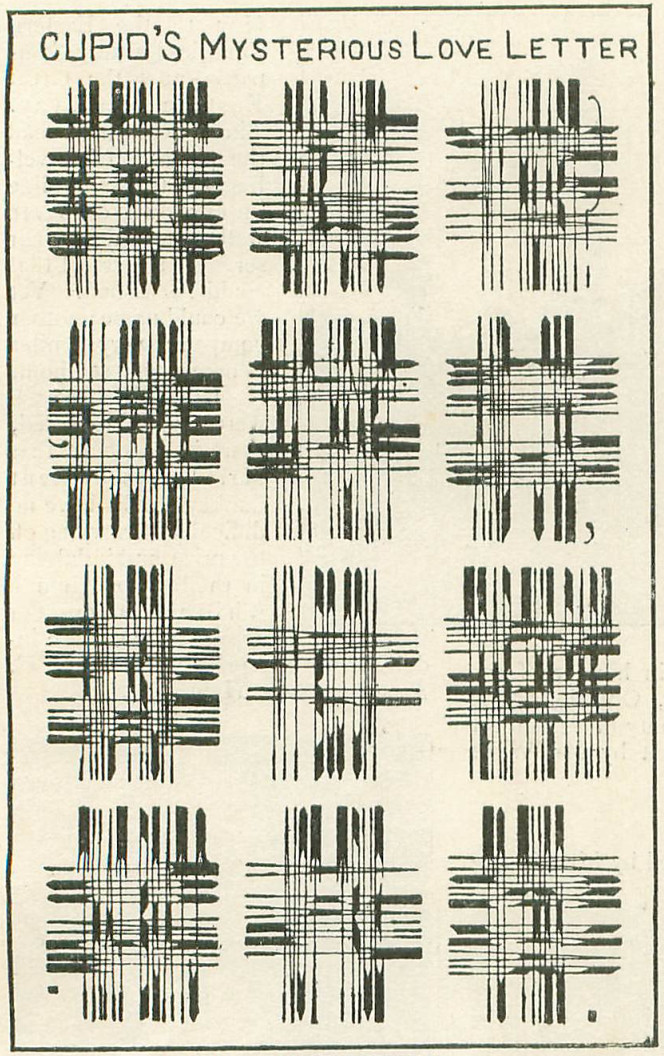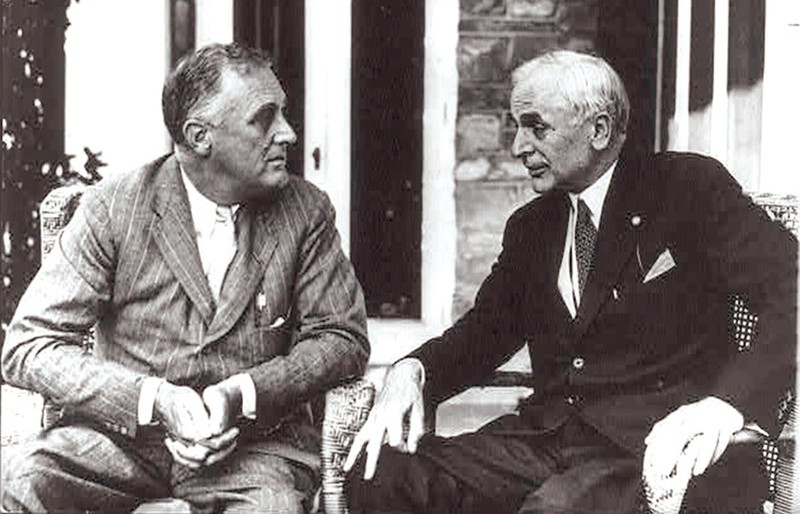From Martin Geldart’s Guide to Modern Greek, 1883:
Here we are (arrived) at the station.
What luggage have you, sir?
I have two trunks, a travelling-bag, and a hat-box, for the luggage van.
These I wish to register.
My other luggage I will take with me.
That is to say — a foot-wrapper, a stick, three or four parcels, a gun, a lap-dog, two Turkish pipes, and a live tortoise.
As for the rest, let them pass; but for the dog a separate ticket must be taken, and he must go in the van.
As for the tortoise, you must leave that behind: we don’t convey vermin!
Vermin! So you reckon a tortoise among the vermin?
Certainly, sir; it’s an insect.
An insect! My good fellow, where did you go to school (study)?
I refer you to the Zoological Garden(s), and there you will learn, if you have any brains in your head, that the tortoise is a four-footed reptile, and that insects are all six-footed.
There’s a shilling for you, the price of admission to the Zoological Gardens, except on Mondays, when it is only sixpence.
If you have time on Mondays, go twice, that you may be more thoroughly enlightened.
Oh, that alters the question, sir! And, now I come to think of it, the landlord over the way has a book with those kind of creatures in it. I daresay you’re right (lit. Let be then). All the same, four-foot and six-foot have another meaning in my business.
All the better! Mind your own business then, and leave the four-footed reptiles to me.




